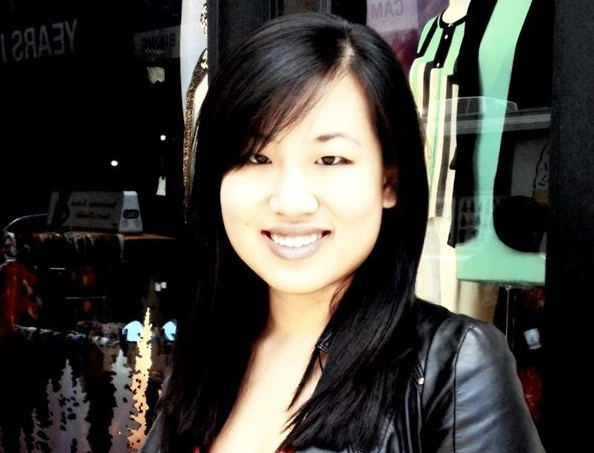Siblings of Autistic Kids Have High Risk for Language Delays
Siblings of children with autism are more likely to have language delays and characteristics of autism than the siblings of children who don't have the disorder, a new study suggests.
There's an underlying assumption that undiagnosed siblings aren't affected by autism, said study researcher Dr. John Constantino, director of child and adolescent psychiatry at Washington University in St. Louis, Missouri. But the new findings show siblings could have traits of autism that may affect daily life, but aren't serious enough to merit a diagnosis.
"The difficulty with it is, these are not all-or-nothing traits," Constantino told MyHealthNewsDaily. "These children actually had autistic qualities to their speech, but never got bad enough" to be diagnosed with autism.
The study was published online Sept. 30 in the American Journal of Psychiatry.
Families affected
Autism is characterized by difficulty communicating with others and an inability to behave appropriately in social situations. Approximately 1 in 110 children in the United States has autism, according to the Centers for Disease Control and Prevention.
The study examined 3,000 U.S. children from 1,235 families. All of the children had at least one sibling who was autistic. Parents completed a survey that identifies traits associated with autism.
Get the world’s most fascinating discoveries delivered straight to your inbox.
Among families of children with autism, 20 percent reported language delays in their other children, Constantino said. Typically, about 7 percent of families in the general population report language delays in their children.
The autism traits were also more severe in children whose families had more than one child with autism. These families made up 11 percent of those surveyed, the study said.
A combination of genetics and environmental factors are thought to play a part in the development of autism, Constantino said.
Previous studies have identified common gene variations associated with an increased risk of autism, and usually, people diagnosed with the disorder have a high number of these variations.
The new study found it's possible to have just a few of these variations and not reach the threshold for an autism diagnosis, Constantino said.
Brothers and sisters
The disorder has been thought to affect boys four times more often than girls, and the new study may explain why, Constantino said. The researchers found girls often express signs of the disorder less severely. This could mean a lower threshold of symptoms should be used in diagnosing girls with autism, Constantino said.
"The boys get diagnosed, but the girls don't," he said. "Should we be basing diagnosis on gender-reference norms, rather than some absolute bar that a girl is never going to reach? It's like saying, 'Should we wait until a girl is overweight on the boys' scale, or should we do it based on other girls?'"
The findings may also help in future research looking at how autistic traits in family members play a role in a child developing autism, Constantino said.
Scientists now know there are children who have the same inherited "liability" for autism as their siblings, yet don't develop diagnosable autism. Now, it's important to find out what protected those kids, and why they were spared from the full syndrome, Constantino said.
"It can help with finding how the fully affected kids are affected in the first place," Constantino said.

